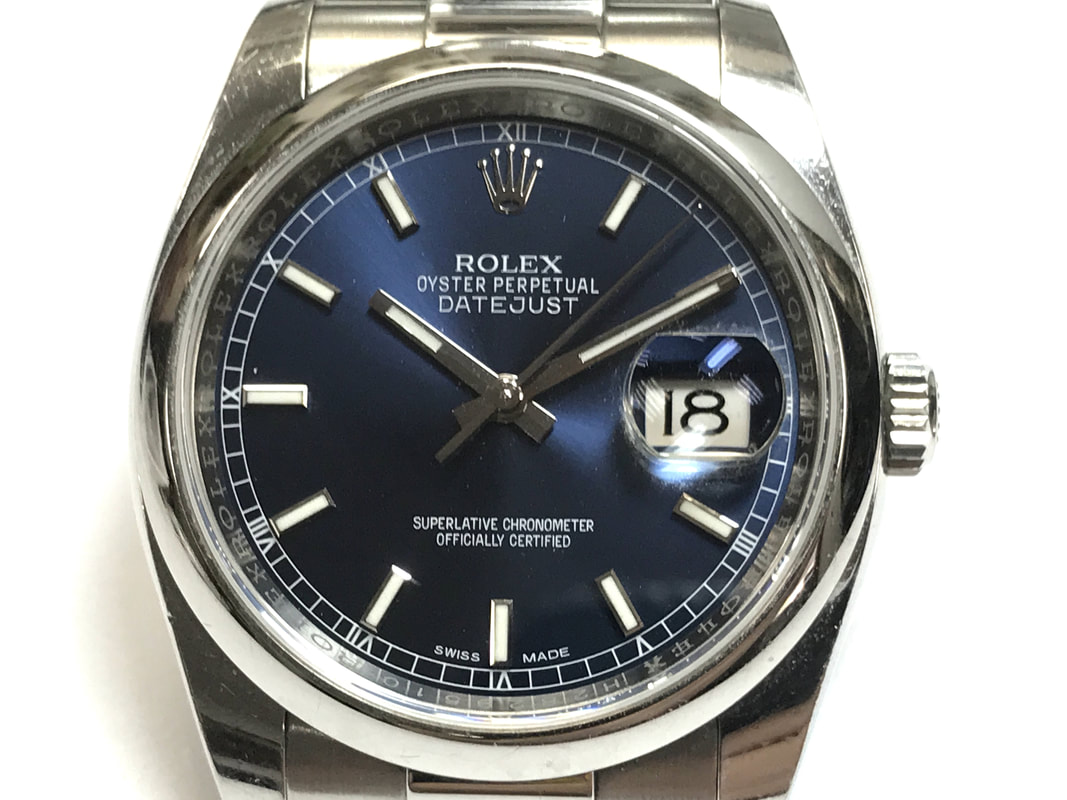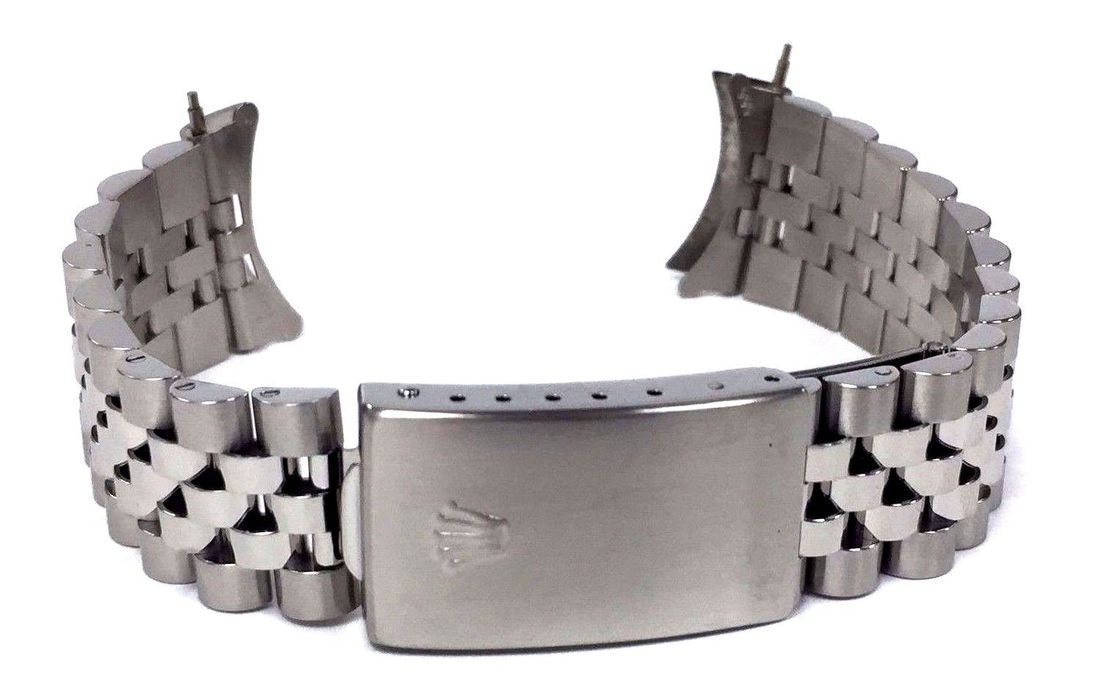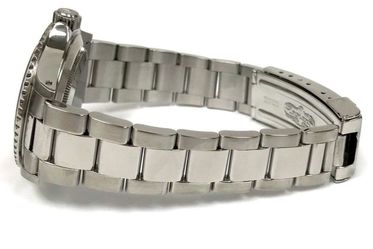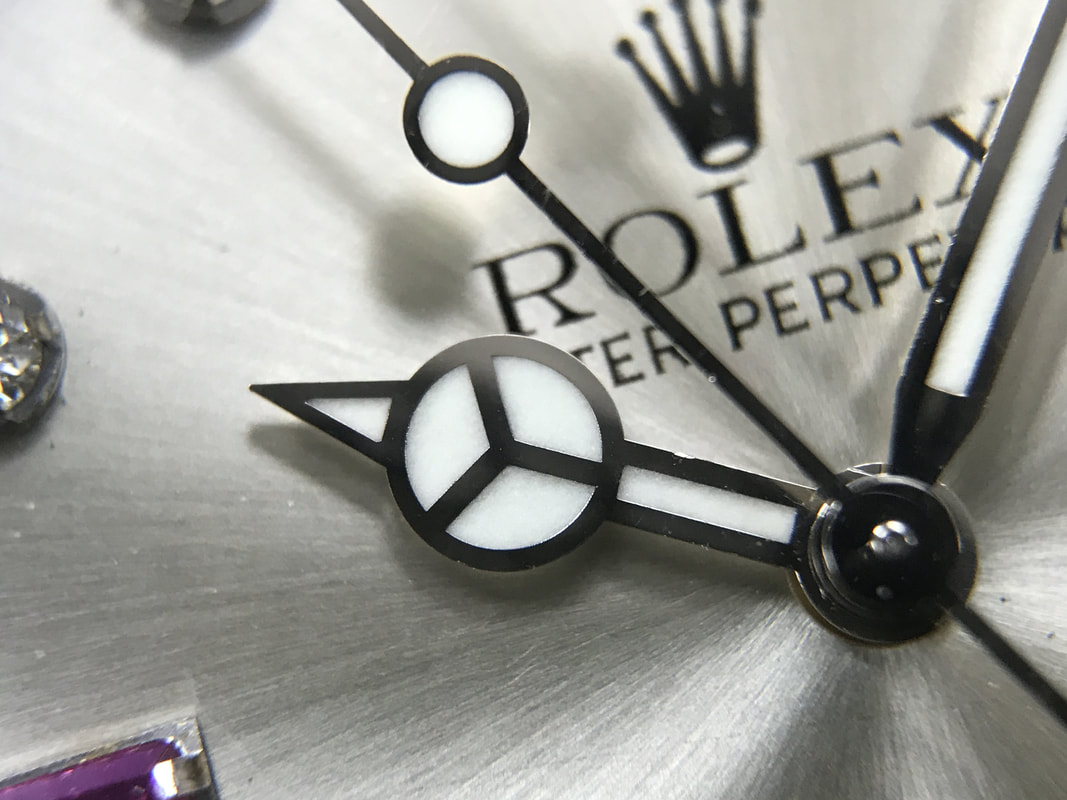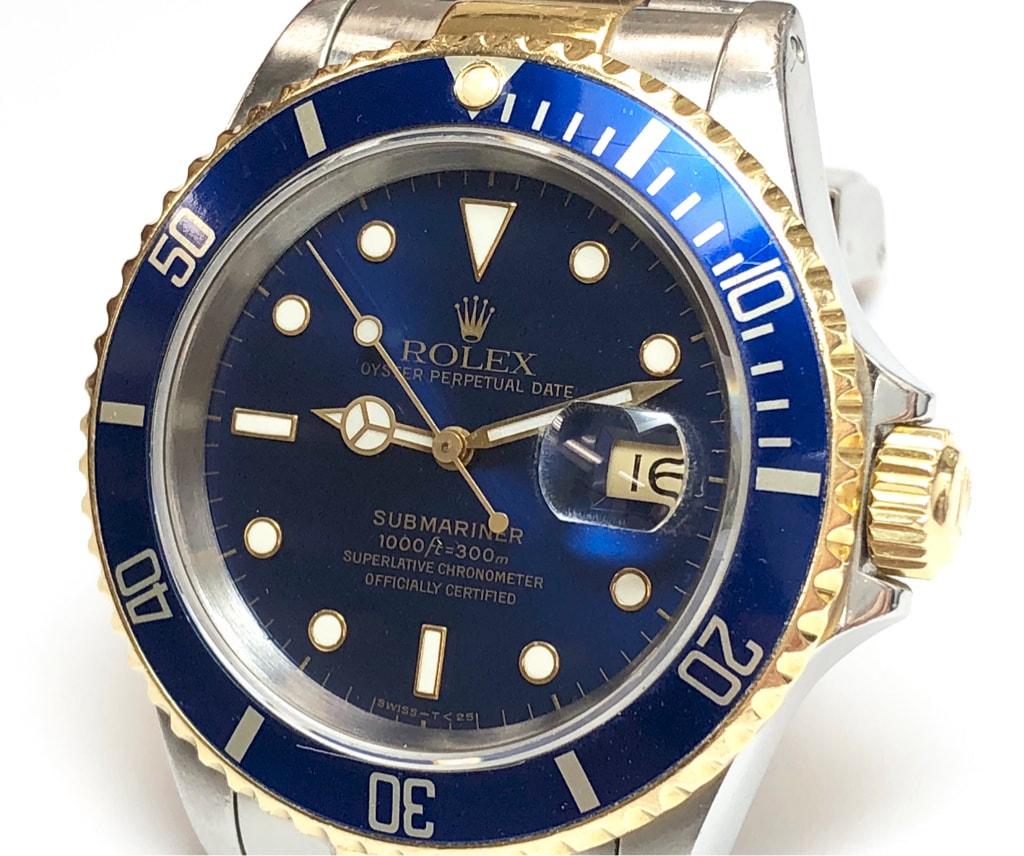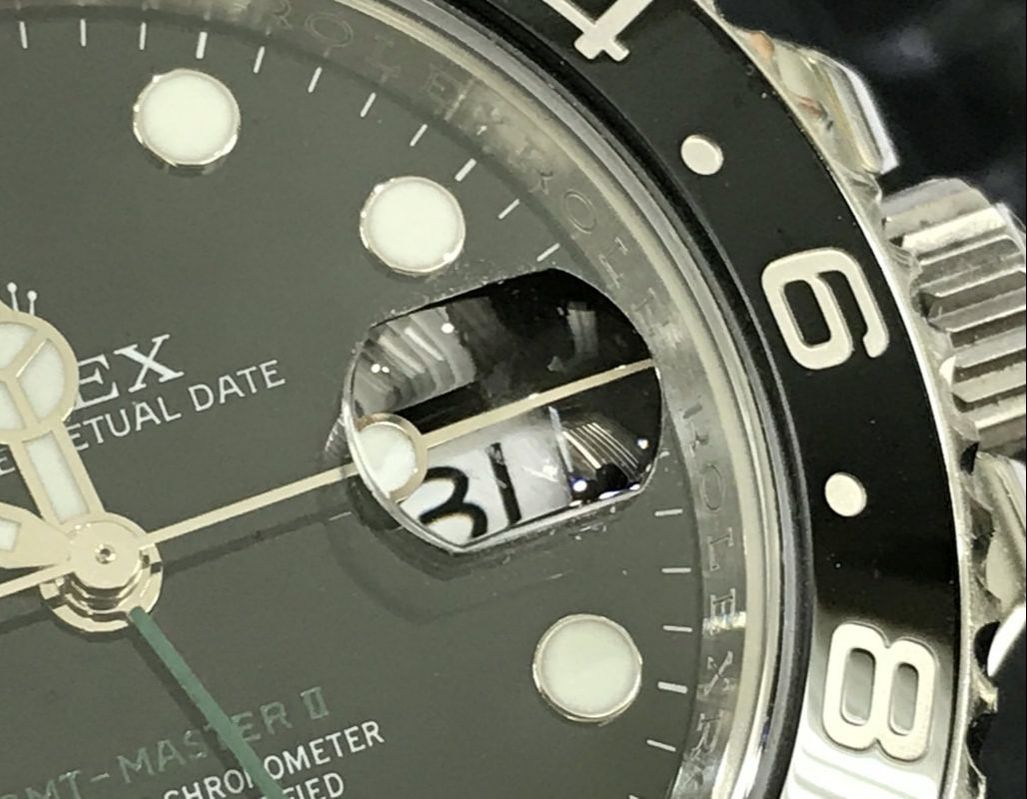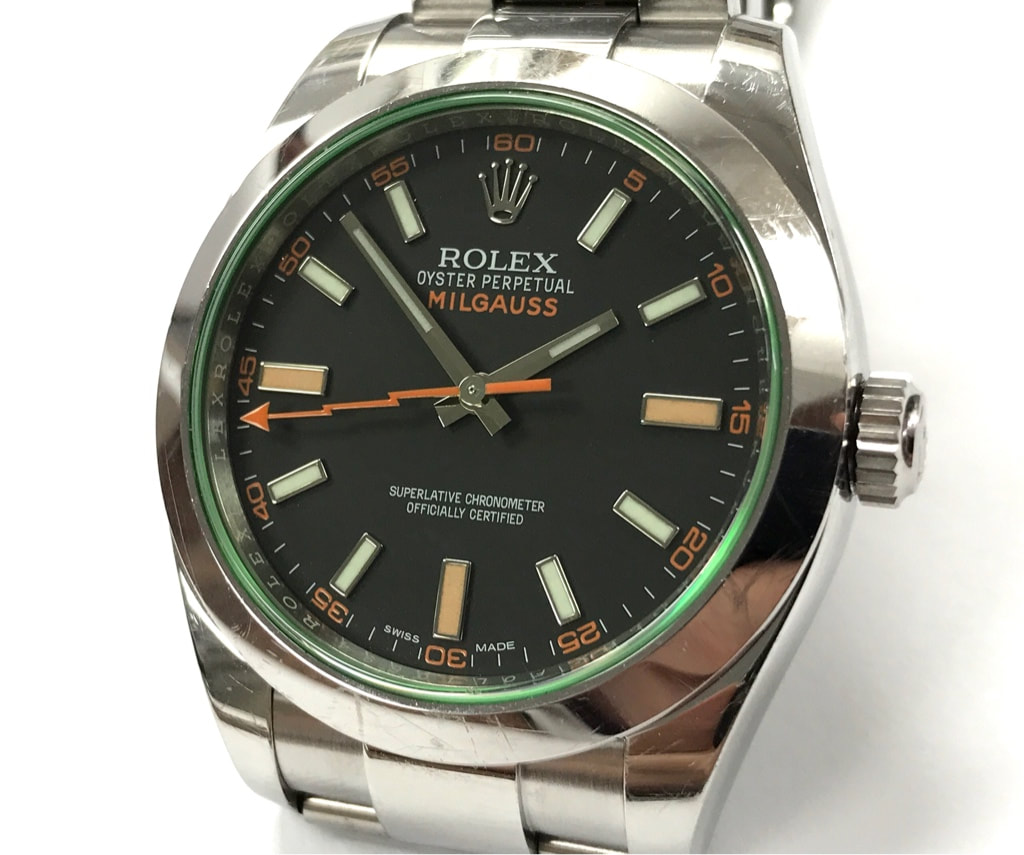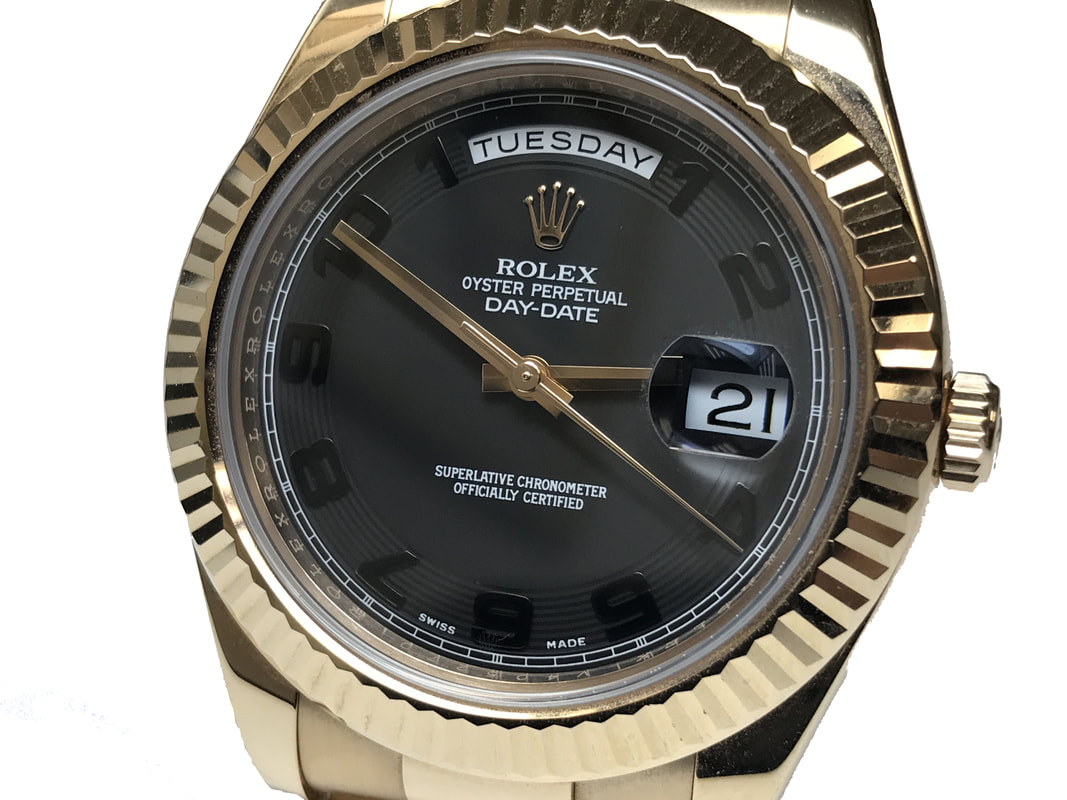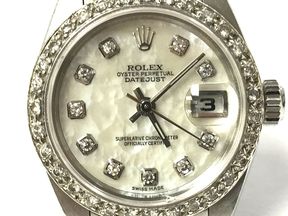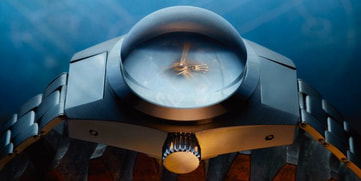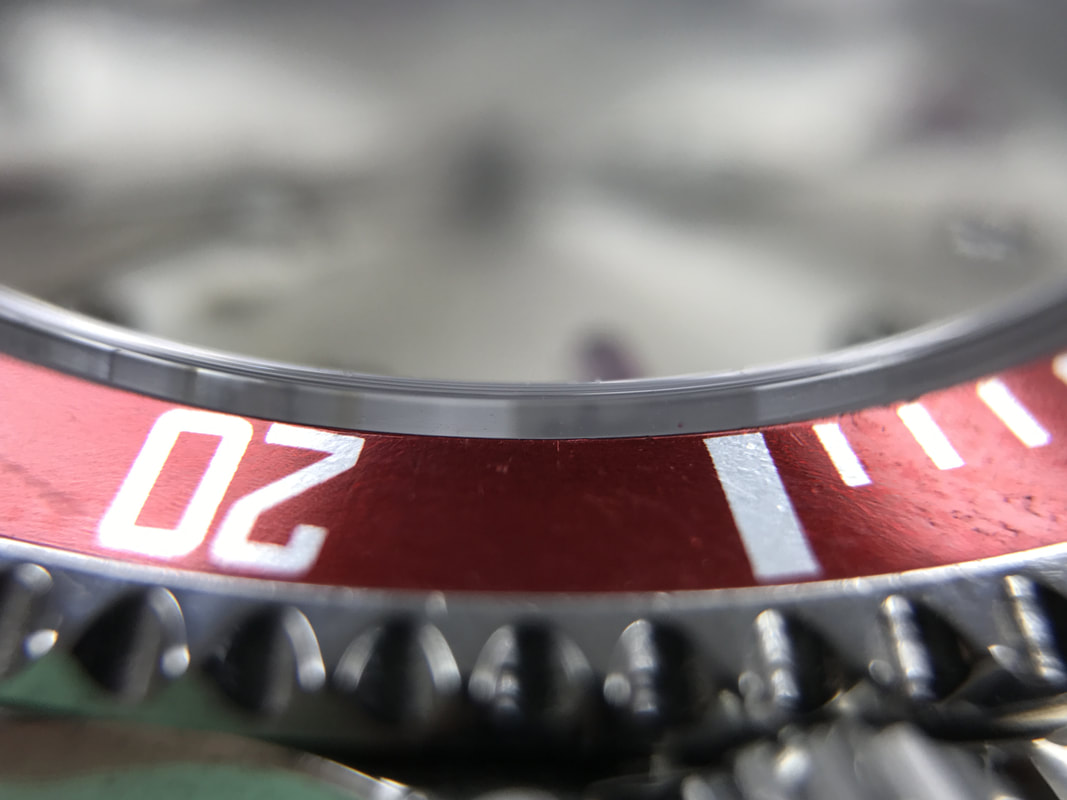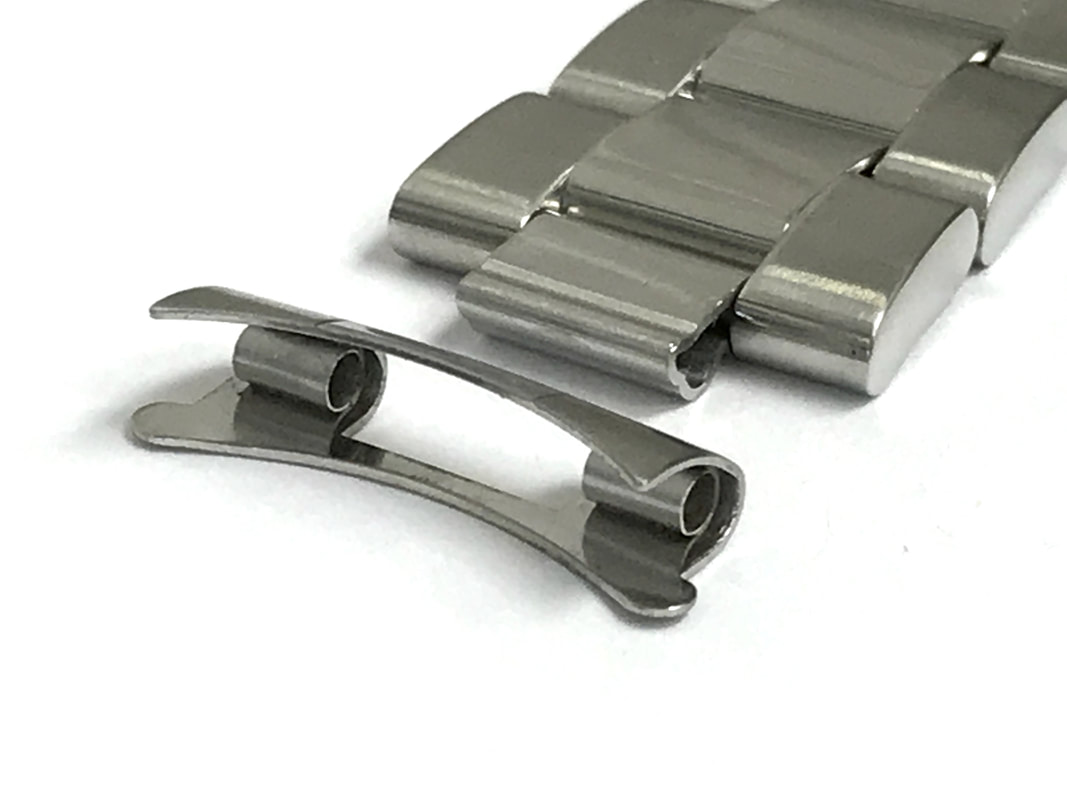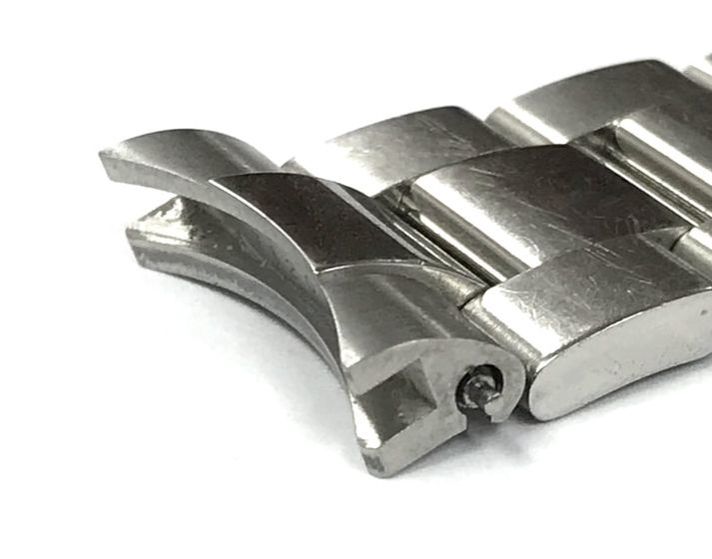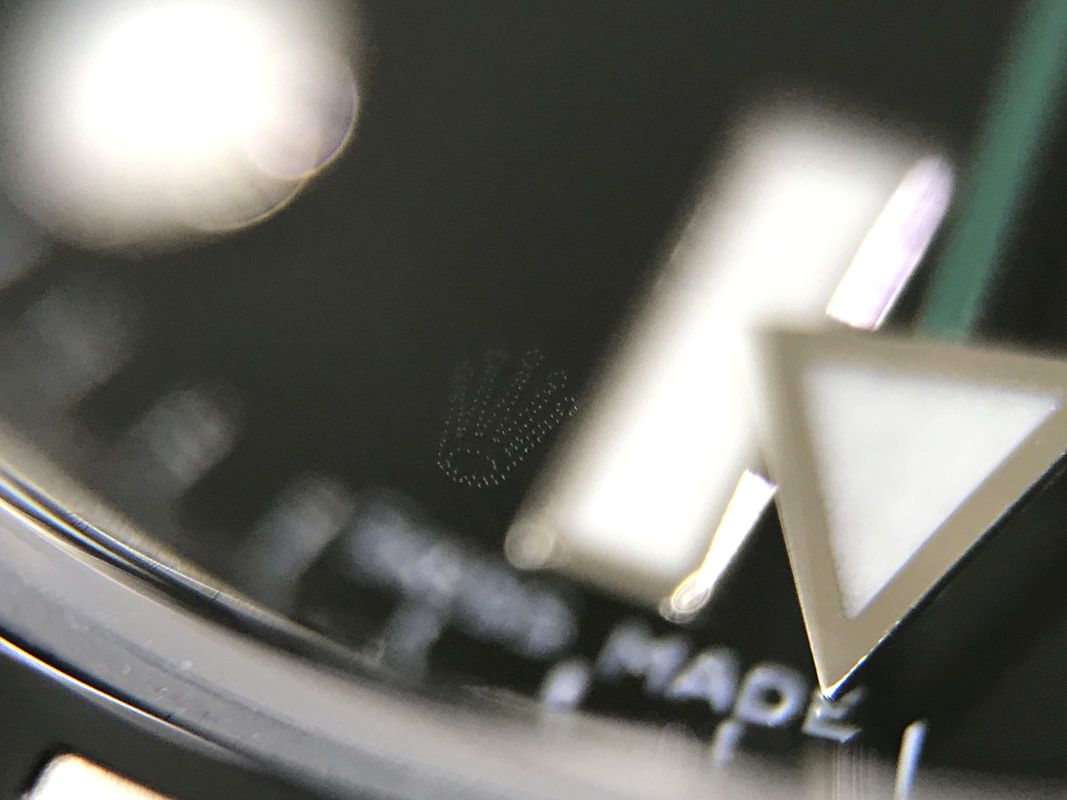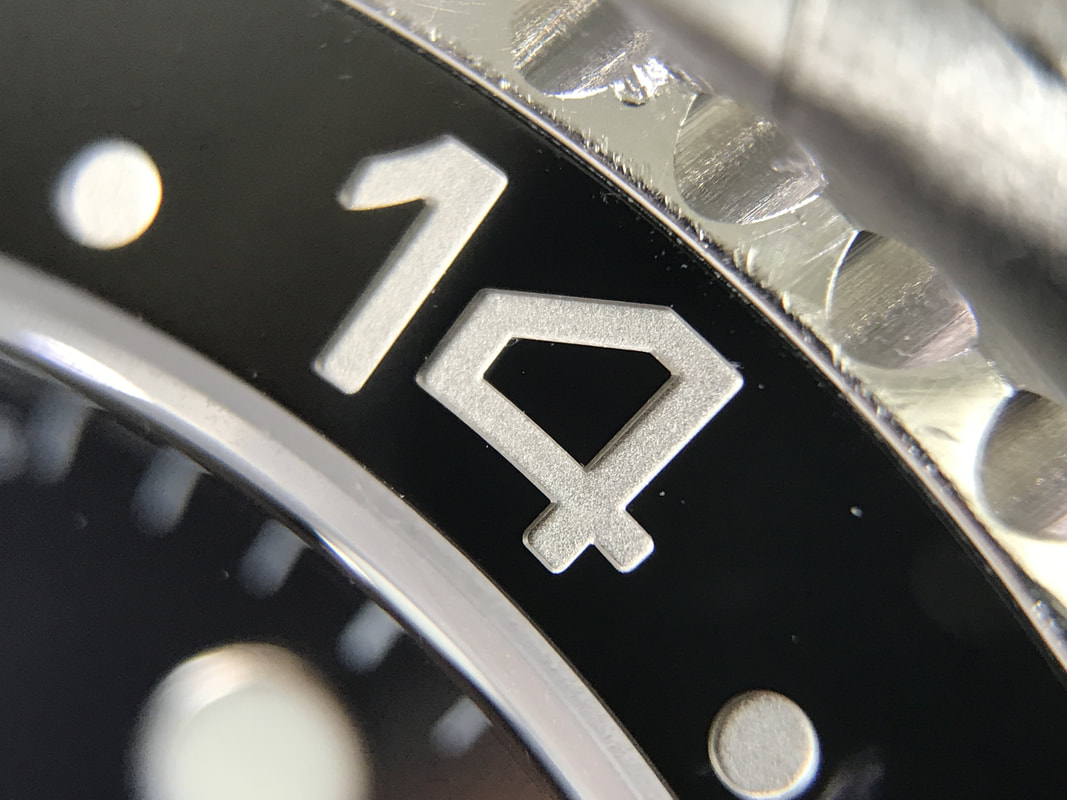1908 - "rolex" name is born
Hans Wilsdorf wanted his company name to be short, simple, and easy to pronounce in any language. After considering hundreds of names, he ultimately decided on Rolex.
1919 - swiss made
In 1919, the operations were moved from London to Geneva, Switzerland, a city known for its precision watches. Montres Rolex S.A. was registered a year later, in Geneva, in 1920.
1926 - oyster case
Rolex developed the first waterproof and dust proof watch case, dubbed the "Oyster Case". This is also when Rolex began stamping unique serial numbers on their cases.
1931 - perpetual movement
Rolex invented the first self-winding movement with a Perpetual rotor. This system is still used today in automatic watches.
1953 - explorer
The Rolex Oyster Perpetual Explorer was produced to commemorate Sir John Hunt and Tenzing Norgay's successful ascent of Mount Everest while wearing Rolex Oyster Perpetuals.
1953 - submarinerThe Rolex Oyster Perpetual Submariner was the first divers' watch that was waterproof up to a depth of 100 meters (330 feet). Its unidirectional rotating bezel allows the diver to read their immersion time. Since it only rotates in one direction, if accidentally knocked, it will err on the side of caution.
|
1955 - gmt master
With the introduction of transcontinental flights in 1953, it became important for international travelers to know the time in multiple time zones.
In 1955, Rolex developed the GMT-Master to meet the needs of airline pilots. It became the official watch of several airlines, including Pan Am. Its most notable feature is its two-tone bezel (a.k.a. Pepsi bezel), separating daytime and nighttime hours.
In 1955, Rolex developed the GMT-Master to meet the needs of airline pilots. It became the official watch of several airlines, including Pan Am. Its most notable feature is its two-tone bezel (a.k.a. Pepsi bezel), separating daytime and nighttime hours.
1956 - milgauss
|
The Rolex Oyster Perpetual Milgauss was designed to meet the needs of the scientific community, resisting magnetic fields up to 1,000 gauss. The shield protecting the movement was made from ferromagnetic alloys selected by Rolex. CERN, the European Organization for Nuclear Research, performed rigorous testing on the watch and confirmed it to be the perfect magnetic shield.
|
1956 - president bracelet
The President bracelet was introduced in 1956, fitted to the first Day-Date watch. The President bracelet is an instantly-recognizable look that is associated with wealth and status.
1960 - deep sea specialThroughout the '50s, Rolex ran rigorous testing on an experimental watch, called the "Deep Sea Special". It was manufactured to withstand the most extreme circumstances.
In 1960, an experimental submarine, named "Trieste", successfully descended into the Mariana Trench, the deepest known depression into Planet Earth. Lieutenant Don Walsh and Jacques Piccard emerged from the Trieste unscathed, as did the Deep Sea Special, which was in perfect working order after being 10,916 meters (over 7 miles) below sea level. The Deep Sea Special is known for its signature thick, bubble crystal. |
1963 - daytona
The Rolex Cosmograph Daytona was introduced to meet the needs of endurance racing drivers. These new-generation chronographs were large, waterproof, and featured tachymetric bezels to calculate average speed.
1967 - sea dweller
The Rolex Oyster Perpetual Sea Dweller was developed to meet the needs of deep sea divers. The Sea Dweller was waterproof up to a depth of 610 meters (2,000 feet).
1971 - explorer ii
The Rolex Oyster Perpetual Explorer II was developed to meet the needs of polar explorers, speleologists, and others pushing the boundaries of exploration. The watch is known for its signature 24-hour hand, which comes in handy when at the poles, or deep inside a cave, where daylight isn't available.
1972 - hack feature
Movements were developed that allowed the seconds hand to be stopped when the crown is pulled out, allowing for better time synchronization.
1977 - oysterquartz
The Rolex Date 5100 was the precursor to the OysterQuartz, but was produced in very limited quantities. Only 1,000 units were produced, and subsequently sold out quickly.
After 5 years of development, the Rolex OysterQuartz was introduced in order to compete with the trend that shifted towards quartz movements over mechanical watches. For 25 years, OysterQuartz movements were used in Datejust and Day-Date models.
Although OysterQuartz movements were made for 25 years, they are considered very rare, with less than 25,000 OysterQuartz movements are in existence.
After 5 years of development, the Rolex OysterQuartz was introduced in order to compete with the trend that shifted towards quartz movements over mechanical watches. For 25 years, OysterQuartz movements were used in Datejust and Day-Date models.
Although OysterQuartz movements were made for 25 years, they are considered very rare, with less than 25,000 OysterQuartz movements are in existence.
1977 - quickset
1977 marked the introduction of quite possibly the most convenient invention to date: the QuickSet date function. The QuickSet feature allowed for fast and easy date adjustment, saving both time and finger callouses.
1978 - sea dweller 4000
The Rolex Oyster Perpetual Sea-Dweller 4000 was introduced, and was waterproof up to depths of 1,220 meters (4,000 feet).
1985 - 904l steel
Rolex became the first watch brand to incorporate the use of 904L steel in the production of their watch cases. 904L steel is an excellent anti-corrosion metal, commonly used in aerospace and chemical industries, that can be bright polished to a mirror-like finish.
1988 - double quickset
The Double QuickSet function was introduced on the Day-Date ref. #18238, allowing both the Day and Date wheels to be QuickSet, by rotating the crown in opposite directions.
1992 - pearlmaster
The Pearlmaster was a more high-end reinterpretation of the Lady-Datejust. Available today exclusively in 18 karat yellow gold, white gold, or Everose gold, and can be ordered with diamond, ruby, or sapphire accents.
1992 - yachtmaster
The Rolex Oyster Perpetual Yachtmaster was introduced, strengthening ties between Rolex and the sailing community. The Yachtmaster's rotating bezel was used to measure lapsed time. It only rotated in one direction, so if you were to accidentally knock it, it would err on the side of caution.
2007 - yachtmaster ii
In 2007, the Rolex Oyster Perpetual Yachtmaster II regatta chronograph is the first watch to incorporate a programmable countdown with a mechanical memory. This regatta chronograph complication allows yachtsmen to cross the line as soon as possible after the starting gun sounds.
2008 - deepsea
In 2008, the Rolex Oyster Perpetual Deepsea was designed for extreme underwater exploration. Utilizing the exclusive Ringlock System, the case is able to withstand water pressure equivalent to the weight of 3 tons on the watch crystal. The Rolex Deepsea can go more than 100 times deeper than any human could physically survive.
2012 - sky dweller
The Rolex Oyster Perpetual Sky-Dweller was a technical masterpiece intended for world travelers. In a 42 millimeter case, it has an easy-to-read dual time zone function, as well as an innovative annual calendar that only needs date adjustment once per year. To set its functions quickly and easily, it features a new interface: the rotatable Ring Command bezel.
All photos courtesy of Scott Papper, GIA GG, AJP, CMA (NAJA)



